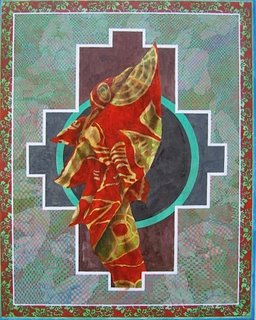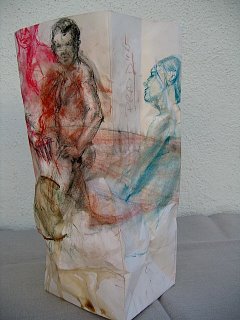
Among life’s necessary misfortunes is the need to earn a living. I’ve always been lucky along those lines. Ever since my first exhibition at Gallerie Perec, I have managed to sustain a comfortable existence.
(see: http://www.artmajeur.com/curradomalaspina/) From real estate moguls to the despots of dingy caliphates, my work has been collected by a wide clique of minor mavens.
Schoffman, God bless his noble heart, always had trouble with the mercantile aspect of his chosen vocation. He sees his work as a critique of capitalism and the fact that most artwork is reduced to mere baubles for the well heeled has irked him since the beginning of his career.
I remember one heated conversation that nearly ended our friendship. We were sipping mojitos at Café Marti in Santiago de Cuba after delivering back-to-back lectures at Universidad Oriente at a conference on Aesthetics. Maybe it was the Cuban water, (though more likely the Cuban rum) but Schoffman was rambling on about the “theory of reification” and “commodity fetishism.” At one point I snapped, grabbed Schoffman by the collar and hollered in his face: “If Titian could sell his work to Charles V, who, neither holy nor Roman was certainly a son of a bitch, then certainly I can sell my work to the Sultan of Brunei!”
I have to say one thing for my dear, pure and righteous friend. He puts his money where his mouth is. Schoffman draws the figure with a devotion and the prolonged patience of a mendicant lama. His steely determination and delicate touch has produced some of the most lyrical works on paper in recent memory. Committed to his ideals, he sells most of his drawings for under $100.
Making these important works of art accessible to everyone is as commendable as it is professionally irresponsible. It simply makes all the rest of us artists look bad.








